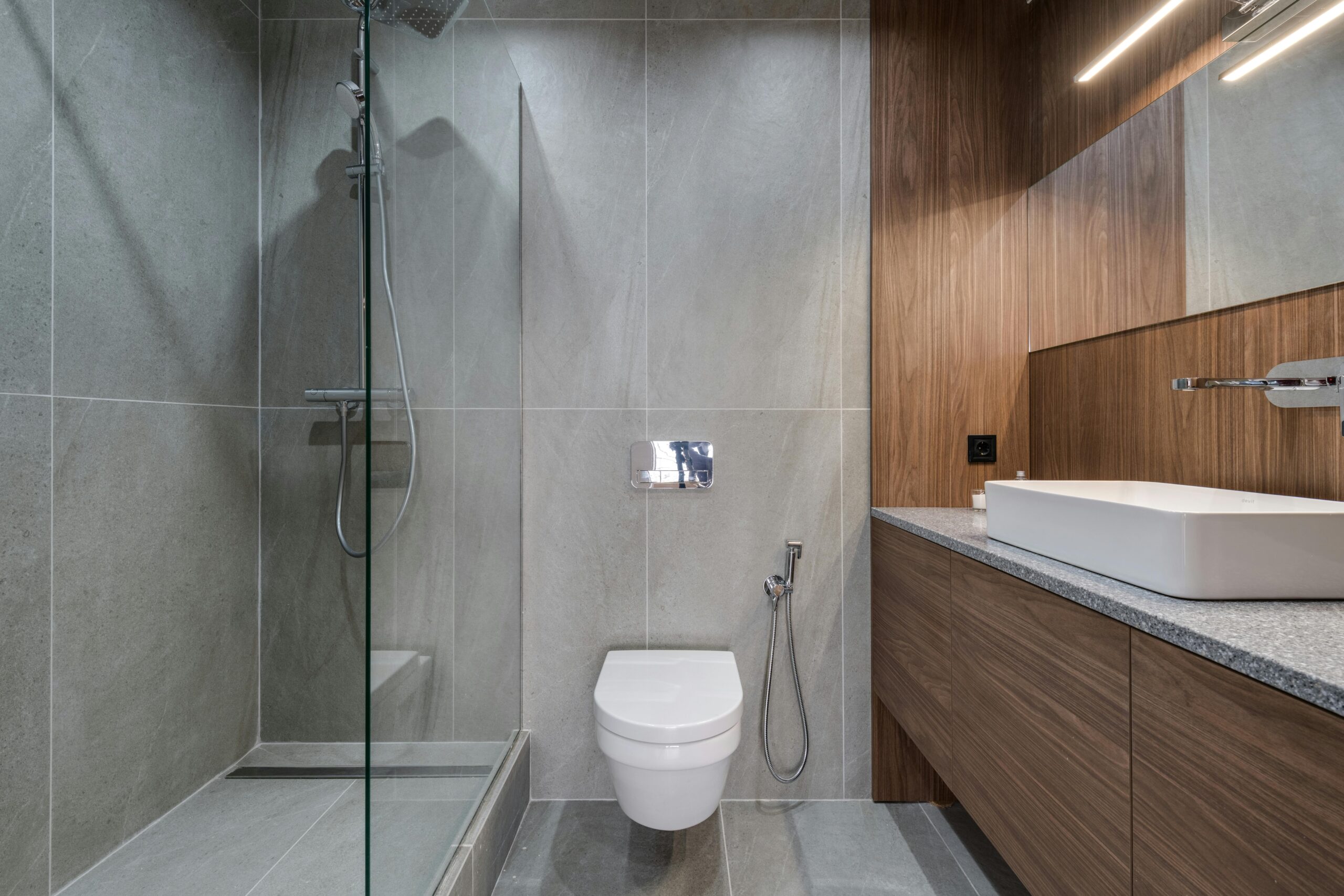When renovating a bathroom, one of the most significant decisions homeowners face is choosing between a walk-in shower and a traditional bathtub. This choice impacts not only the aesthetics of your bathroom but also its functionality, accessibility, and even your home’s resale value. The walk in shower vs tub debate continues to evolve with changing lifestyle preferences and design trends. In this article, we’ll explore the advantages and disadvantages of each option to help you make an informed decision for your bathroom renovation.
The Rise of Walk-In Showers
Walk-in showers have gained tremendous popularity in recent years, and for good reason. These curbless or low-threshold shower spaces offer a sleek, modern aesthetic that can make even small bathrooms appear more spacious. The clean lines and minimalist design of a walk-in shower create an open feeling that many contemporary homeowners prefer. Additionally, they’re incredibly versatile from a design perspective, allowing for custom tile work, multiple showerheads, and even steam shower capabilities.
One of the most compelling pros of a walk-in shower is its accessibility. For aging homeowners or those with mobility issues, the ability to walk directly into a shower without navigating a high tub wall is a significant advantage. This accessibility feature is why many homeowners exploring bathtub replacement options ultimately choose to convert to a walk-in shower. As the population ages, accessible shower design has become increasingly important in bathroom planning.
Maintenance is another area where walk-in showers often win the comparison. With fewer nooks and crannies where mold and mildew can develop, these showers are generally easier to clean than traditional tubs. Models with frameless glass doors or open concepts eliminate the need to clean shower curtains or deal with soap scum buildup on sliding doors.
Traditional Bathtubs: Enduring Appeal
Despite the growing popularity of walk-in showers, traditional bathtubs maintain strong appeal for many homeowners. The primary advantage of a bathtub is the ability to take a relaxing soak – something that cannot be replicated with even the most luxurious shower system. For stress relief, muscle relaxation, and the simple pleasure of a warm bath, nothing substitutes for a full-sized tub.
Families with young children often find bathtubs essential for bathing little ones. The controlled environment of a tub makes the bathing process safer and more manageable for parents. This family-friendly feature is one reason why homes marketed toward families often maintain at least one bathtub.
From a resale perspective, many real estate experts suggest that having at least one bathtub in a home is important for maintaining broad market appeal. Homes without any bathtubs may appeal to a narrower segment of buyers, potentially affecting resale value. According to experts at AskHomey, this consideration is especially important in neighborhoods with many families or in mid-range housing markets.
Space Considerations and Compromise Solutions
Bathroom size often plays a decisive role in the walk in shower vs tub debate. In smaller bathrooms, a walk-in shower may be the more practical choice, as it can take up less floor space while still providing a comfortable bathing experience. Conversely, larger bathrooms may have room for both options, eliminating the need to choose.
For homeowners working with limited space but desiring both functionalities, several compromise solutions exist. Tub-shower combinations remain popular, though they don’t offer the same accessibility benefits as true walk-in showers. Another option is the walk-in tub, which provides accessibility while still allowing for soaking. These specialized tubs feature a door in the side wall and a built-in seat, making them excellent bathtub replacement options for those with mobility concerns.
Current Trends in Bathroom Design
The most current trends in bathroom design often favor walk-in showers with custom features. Large format tiles, multiple shower heads, built-in niches, and bench seating are popular elements in modern accessible shower design. Digital shower controls, chromatherapy lighting, and integrated audio systems further enhance the shower experience.
For those who choose bathtubs, freestanding soaking tubs have largely replaced the built-in jacuzzi-style tubs popular in previous decades. These standalone fixtures serve as dramatic focal points in the bathroom while providing a deep, comfortable soaking experience. Materials range from traditional porcelain to natural stone, copper, or even wood.
Making the Right Choice for Your Home
When deciding between a walk-in shower and a bathtub, consider your household’s current and future needs. If aging in place is a priority, the accessibility of a walk-in shower makes it the more practical choice. For families with young children or those who enjoy therapeutic soaking, preserving at least one bathtub makes sense.
Many homeowners with multiple bathrooms opt for a mixed approach – perhaps a master bathroom with a luxurious walk-in shower and a secondary bathroom that maintains a tub for children or guests. This balanced approach addresses multiple needs while potentially preserving resale value.
For more tips and to connect with reliable home service professionals, follow AskHomey on Facebook and Instagram.



